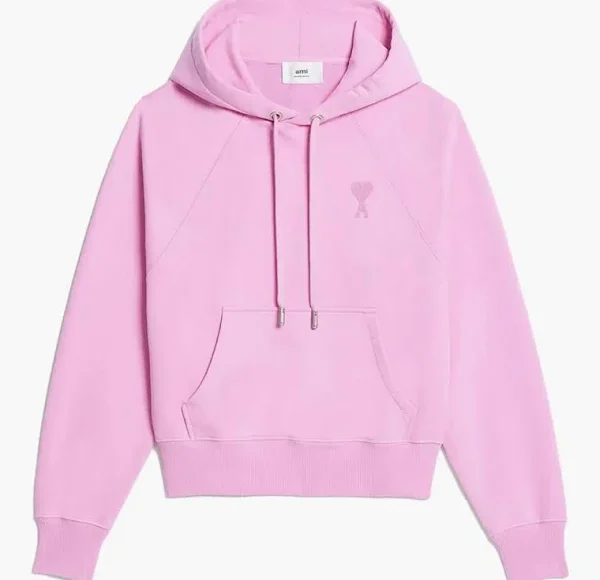Feeding your dog the right food is essential for their long-term health, energy, and happiness. As awareness about pet nutrition continues to grow, many dog owners are opting for grain free diets to avoid potential allergies and provide more biologically appropriate meals. But with so many brands and products on the market, how do you find the best grain free dog food for your furry friend?
In this guide, we’ll explore the benefits of grain free food, what makes a brand the best, and how to choose the right formula for your dog’s specific needs.
What is Grain Free Dog Food?
Grain free dog food excludes common grains like wheat, corn, rice, oats, barley, and rye. Instead, it includes alternative carbohydrates such as:
Sweet potatoes
Peas
Lentils
Tapioca
These foods often mimic a dog’s ancestral diet, which was high in meat and low in grains.
Why Choose Grain Free Dog Food?
There are several reasons why pet owners turn to grain free diets:
1. Allergy or Sensitivity Relief
Some dogs are allergic to grains or have difficulty digesting them. Grain free food can help alleviate symptoms like itchy skin, ear infections, gas, and diarrhea.
2. Improved Digestion
Grain free foods often contain higher-quality ingredients, leading to better digestibility.
3. Healthy Skin and Coat
With better protein sources and added omega fatty acids, grain free dog food supports skin health and shiny coats.
4. Weight Management
Many grain free options are lower in carbohydrates and use low-glycemic ingredients, which can help manage or reduce a dog’s weight.
What Makes the Best Grain Free Dog Food?
Not all grain free dog foods are created equal. The best grain free dog food will meet high standards in quality, nutrition, and ingredient sourcing. Here’s what to look for:
1. Named Animal Proteins as First Ingredients
Look for real meat like chicken, beef, lamb, turkey, or fish. Avoid products that list “meat by-product” or vague terms like “animal meal.”
2. Whole, Natural Ingredients
Sweet potatoes, pumpkin, peas, carrots, and other whole-food sources should replace grains—not fillers or artificial additives.
3. Balanced Nutrition
Ensure the product is labeled “complete and balanced” and meets AAFCO (Association of American Feed Control Officials) standards.
4. Added Nutrients
The best formulas include probiotics, glucosamine, omega-3 fatty acids, vitamins, and minerals.
5. No Artificial Additives
Avoid dog food with synthetic preservatives, artificial colors, or unnecessary chemicals.
Top Picks: Best Grain Free Dog Food Brands
Here are some of the most reputable brands offering premium grain free formulas:
1. Orijen Grain-Free Dry Dog Food
High in animal protein (85%)
Free-range chicken, wild-caught fish, and cage-free eggs
Biologically appropriate with freeze-dried raw inclusions
2. Taste of the Wild
Real roasted meat like bison, venison, or salmon
Includes probiotics and antioxidants
Great taste and digestibility
3. Wellness CORE Grain-Free
Deboned turkey or chicken as the first ingredient
Rich in omega fatty acids and probiotics
No wheat, corn, soy, or artificial flavors
4. Blue Buffalo Wilderness
High-protein recipes inspired by the wild
Includes LifeSource Bits with antioxidants and vitamins
No by-products or artificial preservatives
5. Merrick Grain-Free
Deboned meat with sweet potato and peas
Rich in glucosamine and chondroitin for joint health
Great for active dogs and large breeds
How to Transition to the Best Grain Free Dog Food
Switching to grain free dog food should be done gradually to avoid digestive upset. Follow this 7-day transition schedule:
Days 1–2: Mix 25% new food with 75% old food
Days 3–4: 50% new food, 50% old food
Days 5–6: 75% new food, 25% old food
Day 7: 100% new food
Monitor your dog for any signs of allergies or gastrointestinal issues during the transition.
Is Grain Free Dog Food Right for Every Dog?
While many dogs thrive on grain free diets, it’s not ideal for every pup. Some dogs do just fine with high-quality, grain-inclusive food. Before switching, consider:
Consulting a veterinarian, especially if your dog has health conditions.
Testing for grain sensitivity or allergies before eliminating grains.
Your dog’s breed, age, and activity level, which affect dietary needs.
Grain Free vs. Grain-Inclusive Dog Food: Which is Better?
Both grain free and grain-inclusive diets can be healthy depending on the ingredients used. The key difference is the type and quality of carbohydrates.
Grain-Inclusive: Often includes whole grains like brown rice or oats, which can be nutritious.
Grain Free: Replaces grains with peas, sweet potatoes, or lentils. These can be lower glycemic and better for sensitive dogs.
Grain free isn’t inherently better—it’s about what works best for your individual dog.
Addressing the DCM Controversy
There have been concerns about a potential link between grain free diets and Dilated Cardiomyopathy (DCM), a heart condition in dogs. However:
No direct cause has been established.
Many veterinarians recommend grain free diets when allergies are confirmed.
Choosing a balanced, vet-approved grain free diet with taurine and sufficient nutrients can mitigate concerns.
It’s essential to work closely with your vet when choosing a grain free formula, especially for large breed dogs.
Feeding Tips for the Best Results
Feed according to your dog’s weight and activity level using the brand’s recommended guidelines.
Provide fresh, clean water at all times.
Store dry dog food in an airtight container to maintain freshness.
Combine with wet food or toppers for variety, if needed.
Conclusion: Finding the Best Grain Free Dog Food for Your Pet
Choosing the best grain free dog food is a decision that depends on your dog’s age, breed, health, and personal preferences. For dogs with food sensitivities or those needing a high-protein, low-glycemic diet, grain free options can significantly improve health and energy.
Look for trusted brands with quality ingredients, balanced nutrition, and transparent labeling. Don’t fall for marketing buzz—read ingredient lists carefully and consult your veterinarian when in doubt. With the right grain free food, your dog can enjoy a happier, healthier, and more active life.















Leave a comment